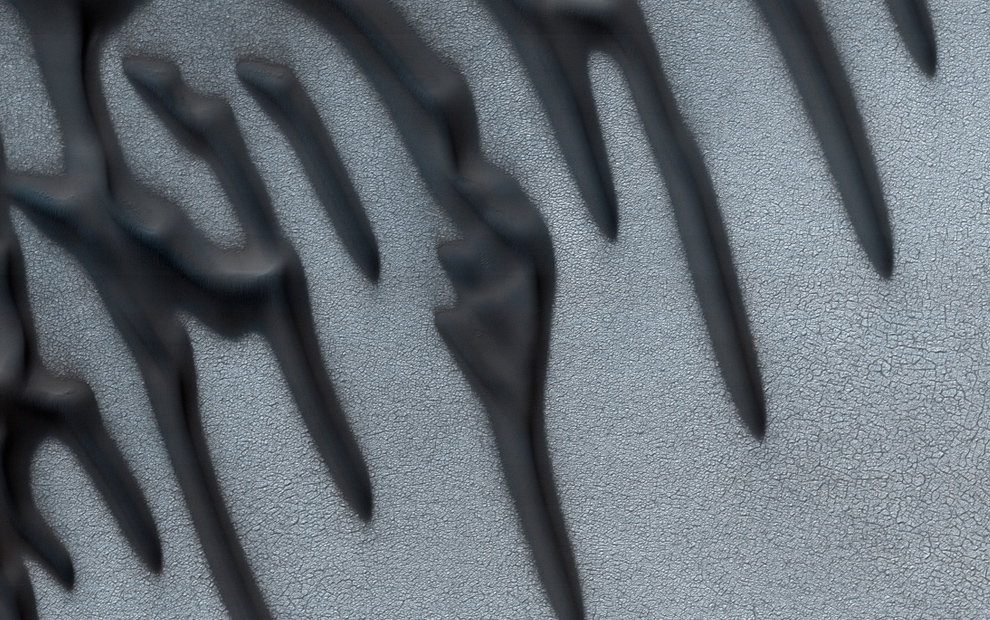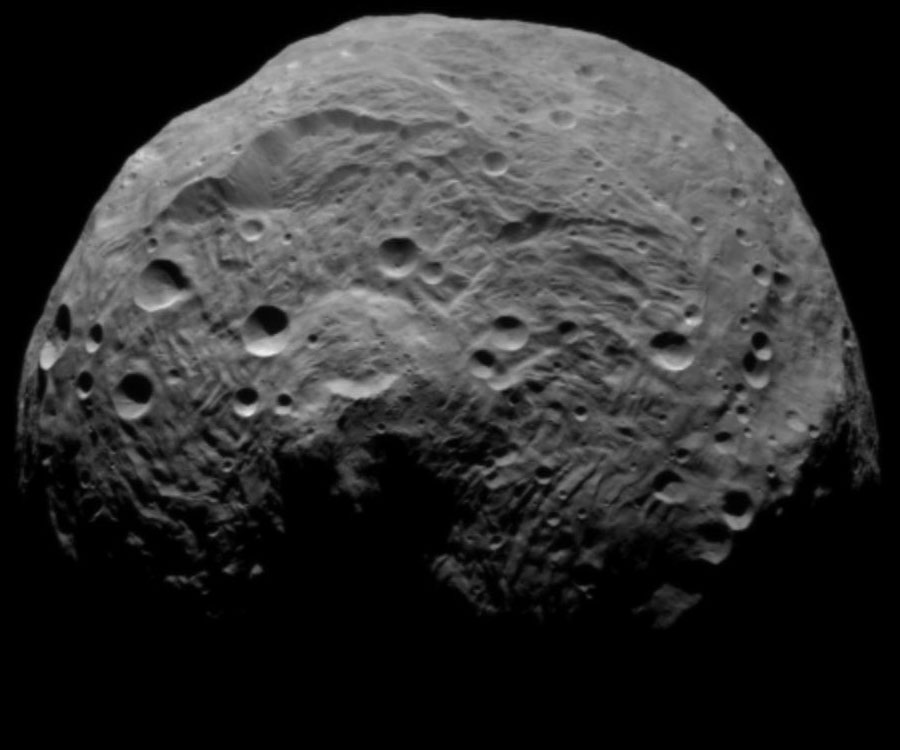Post by Robert Wright, and Mary C. Bourke,
Hawaii Institute of Geophysics and Planetology, University of Hawaii at Manoa, US.
Department of Geography, Trinity College, Dublin, Ireland.

Image 1: A Giant plume from Io’s Tvashtar volcano composed of a sequence of five images taken by NASA’s New Horizons probe on March 1st 2007, over the course of eight minutes from 23:50 UT. The plume is 330 km high, though only its uppermost half is visible in this image, as its source lies over the moon’s limb on its far side. Image source from NASA.
The temperature at which active lava is erupted correlates well with the composition of the lava. Mafic lavas may be up to 200-330 degrees celsius hotter than felsic lavas. The range of temperatures observed on active lava surfaces can also be used to determine the style with which the lava is erupted (i.e. as aa or pahoehoe lava flows, as lava lakes, or as lava domes). This is possible because the ease with which the crust is fractured depends on the volumetric flux of lava and its rheology (Image 2). As a result, lava bodies that fracture their cool crusts more easily (like aa flows) have hotter temperature distributions than those that fracture their upper surfaces less readily (such as viscous lava domes). (more…)




